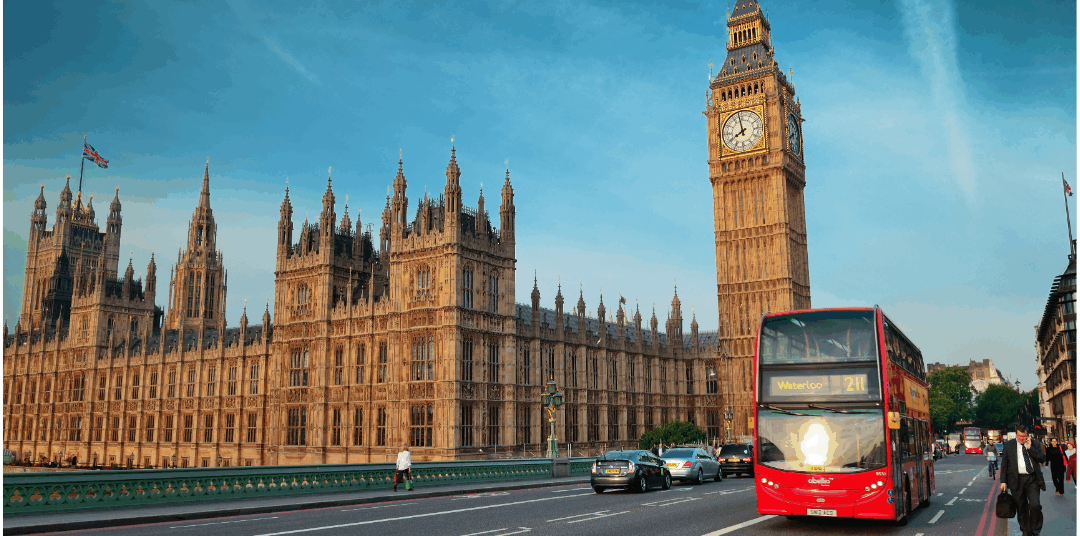In recent months, the issue of tax liabilities from the Government’s Triple Lock policy has gathered significant attention from pensioners receiving the state pension. With annual increases, some pensioners are now surpassing their tax-free personal allowances, leaving many who have not faced tax liabilities for years suddenly receiving a Simple Assessment from HMRC. While this predominantly impacts pensioners, it’s essential to understand that anyone whose income exceeds the personal allowance could similarly be affected.
In this article, we shed light on the implications of the Triple Lock and the Simple Assessment process, exploring how these developments can create unexpected tax obligations for various individuals. We’ll also discuss available options for those facing financial challenges in settling their tax liabilities, including the possibility of a Time to Pay arrangement.
What is the Triple Lock and how does it work?
The Triple Lock policy ensures that the state pension increases annually by the highest of the following three measures:
- Inflation: The increase in the Consumer Price Index (CPI) inflation rate over the previous year.
- Average earnings: The percentage increase in average earnings in the UK.
- 5%: A guaranteed minimum of 2.5%. This safeguard ensures that even if inflation and average earnings rise less than this percentage, pensioners will still receive a minimum increase to their state pension.
It was designed to ensure that the value of the state pension was not overtaken by the increase in the cost of living or the incomes of working people. However, this has resulted in some pensioners receiving larger pensions than in previous years, which, while beneficial for their income, has also led to unexpected tax liabilities as their incomes may now exceed the tax-free personal allowance.
What is Simple Assessment and how does it work?
Simple Assessment is a method HMRC use to collect tax from individuals with straightforward tax affairs, such as those receiving the state pension. If you receive a Simple Assessment, it indicates that your income now exceeds the tax-free personal allowance, creating a tax obligation.
HMRC relies on the information it already holds and automatically gathers data from banks, building societies, and the Department for Work and Pensions (DWP) to calculate any tax you owe or refunds due, issuing a Simple Assessment (PA302) that details the amount. This streamlined process means that, unlike Self-Assessment, individuals with straightforward tax affairs do not need to complete a full return. However, the letters may still come as an unexpected change, especially for those who have not owed tax for many years.
What you should do if you receive a Simple Assessment letter?
If you receive a Simple Assessment, you should check the information carefully, including your address. If the information is correct, you just need to follow the instructions on how to pay your tax. You can pay online, by using the HMRC app or by contacting HMRC and requesting a payslip to pay via cheque.
If the information is incorrect or you have additional untaxed income to disclose, you will need to contact HMRC to update your details withing 60 days.
What can you do if you cannot pay the full amount straightaway?
If you find yourself unable to pay the amount requested in your Simple Assessment, a Time to Pay arrangement may provide some relief. This option, where agreed by HMRC, allows you to spread the cost of your tax liabilities over a period of time through manageable instalments. To apply, simply contact HMRC directly. They will assess your financial situation and work with you to establish a payment plan that fits your budget.
How we can help you
At HB&O, we understand dealing with your tax obligations can be daunting, especially with the recent adjustments of the Triple Lock policy and Simple Assessments. Our tax department can offer guidance and support with understanding your Simple Assessment, verifying its accuracy, and exploring options such as Time to Pay arrangements. Please get in touch with us today to find out more.
Email: [email protected]
Phone: 01926 422292














